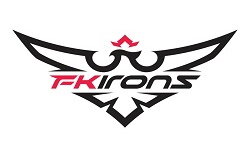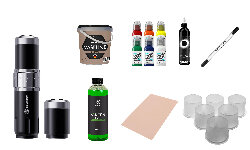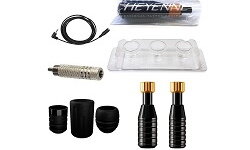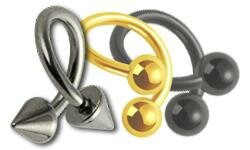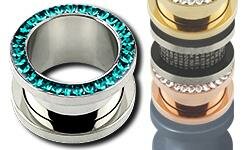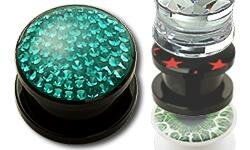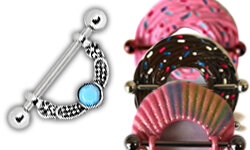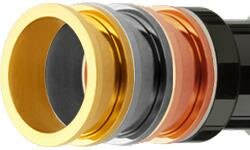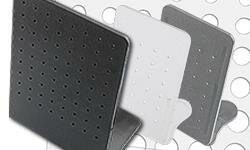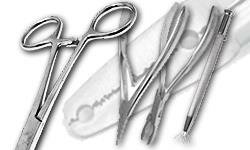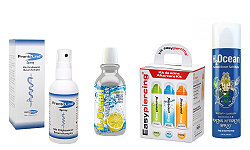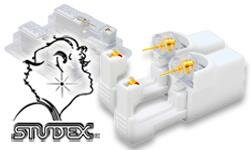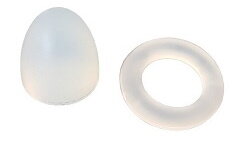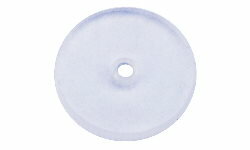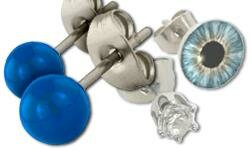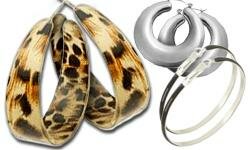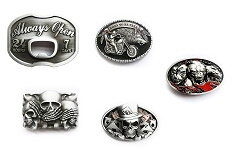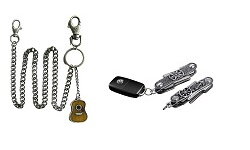Tattoos on Hands & Arms
Tattooing Hands and Arms – Tips for Technique, Durability & Design – Hands and arms are among the most common – and most visible – tattoo locations. From shoulder to fingers, technical know-how, finesse, and thorough preparation are required. This episode shows you how to work cleanly on these highly mobile areas.
Anatomical Features of Hands and Arms
The skin structure and mobility of hands and arms require experience and solid technique:
- Arms: usually even skin, but tension changes due to muscle movement
- Back of the hand: very thin skin, bones lie close to the surface
- Fingers: highly mobile, often dry and cracked skin
- Inner arm: sensitive due to many nerve endings
- Elbow: very thick, tough skin – pigmenting can be more difficult
Choosing Motifs for Arms and Hands
Because hands are constantly visible, motif selection should be done carefully:
- Back of the hand: Symmetrical, centered motifs work well
- Fingers: Small symbols, initials, lines – but beware: quick fading!
- Forearm: Ideal for detailed work or lettering
- Upper arm: Large areas, great for classic or modern tattoo styles
Planning Sleeve Tattoos:
- Design must follow the contour of the arm
- Create smooth transitions between upper arm, elbow, and forearm
- Consider hands and fingers as the final stage of the sleeve
Technical Tips for Tattooing
The right equipment and technique make all the difference:
- Needle choice: Liners for outlines, magnums for shading
- Machine settings: Softer hit for back of the hand, stronger for elbows
- Skin tension: Especially important on elbows, fingers, and palms
- Needle depth: Varies by area – be extra cautious with thin skin!
- Lighting: Even lighting without shadows is essential
Pain Perception and Client Communication
Arms are usually easy to tolerate, but hands are significantly more painful:
- Fingers and back of the hand are often perceived as very uncomfortable
- Inner arm can also be sensitive
- Inform clients about possible touch-ups for hand tattoos
Tip: Only plan hand tattoos for clients with previous tattoo experience who are aware of the visibility.
Healing and Aftercare
Aftercare for hands is more demanding due to constant movement:
- No cleaning agents, chemicals, or prolonged water exposure during the first week
- Use breathable gloves only if necessary
- Regular care with healing ointments
- Do not scratch off scabs to avoid color loss
Common Mistakes When Tattooing Hands and Arms
- Working too quickly on the hand: ink is not deposited cleanly
- Insufficient skin tension: lines become blurry
- Underestimating movement: motifs distort with hand motion
- Too little contrast: details fade over time
Tattooing Hands and Arms
Tattooing hands and arms offers a lot of creative freedom, but it’s also technically demanding. Those who choose motifs wisely, respect the anatomy, and work professionally with technique and hygiene can achieve impressive results. Especially with hand tattoos, it’s important to set realistic expectations and explain the potential need for touch-ups. With experience, preparation, and a steady hand, hands and arms become the perfect canvas.

 Black
Black White
White Grey
Grey Brown
Brown Red
Red Yellow
Yellow Pink
Pink Skin Tones
Skin Tones Orange
Orange Violet
Violet Green
Green Blue
Blue







